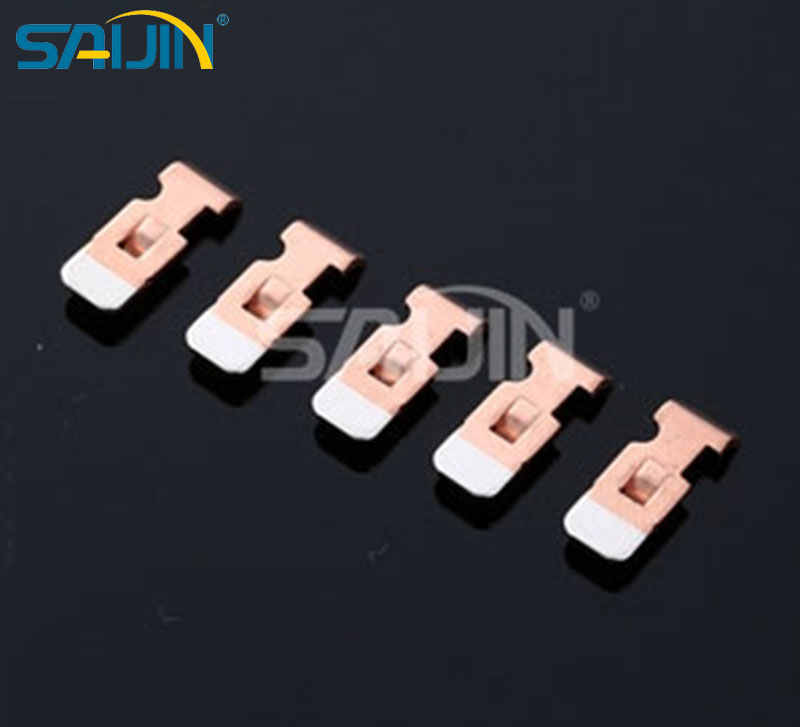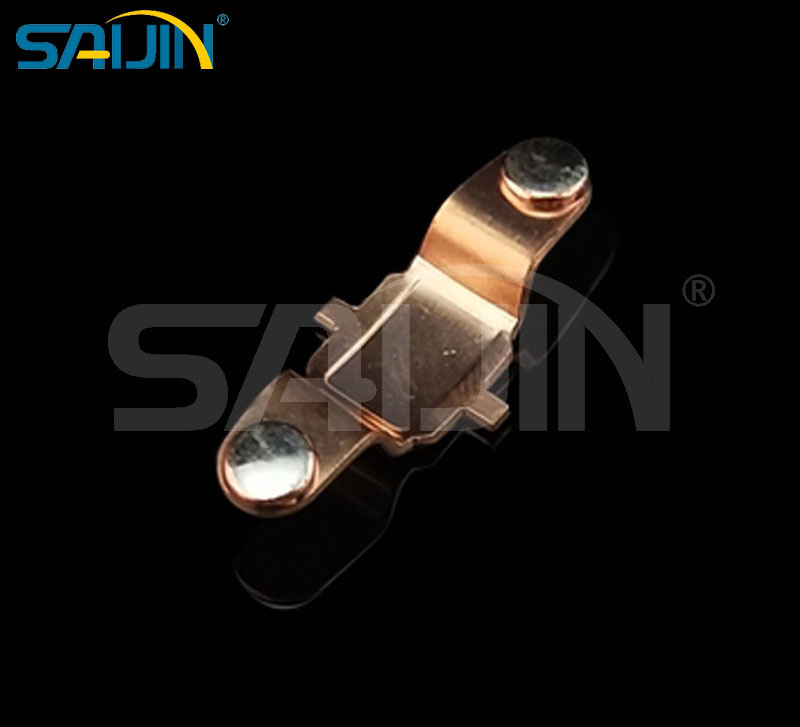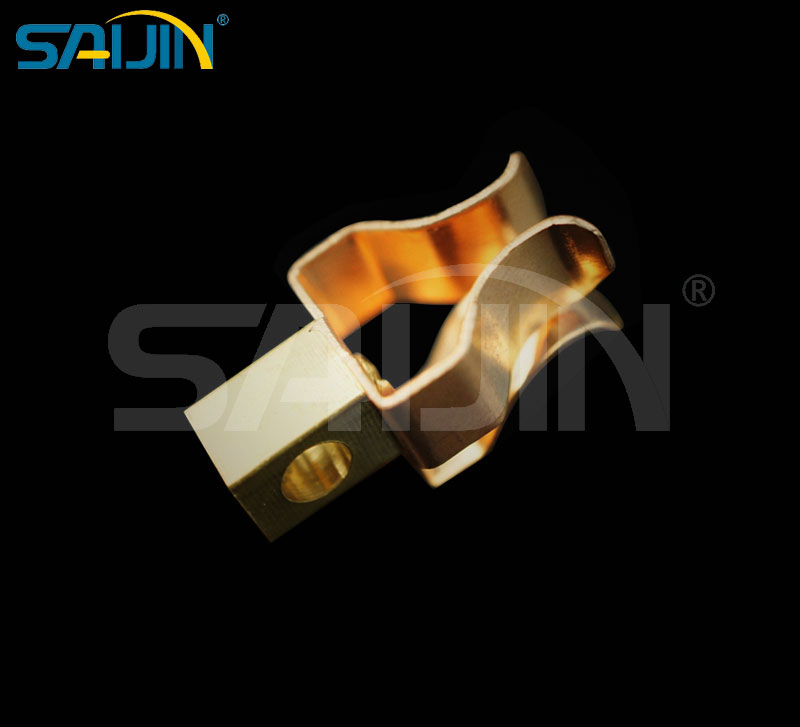How to clean electrical contact points
Electrical contact points are the critical junctions where circuits are completed. Over time, they can accumulate dust, grease, and oxidation, leading to poor connectivity, intermittent operation, or complete device failure. Cleaning them is a vital maintenance skill for everything from car batteries to audio equipment and vintage electronics. Doing it correctly ensures safety and restores optimal performance.
General Steps for Cleaning Electrical Contacts
1. Disconnect Power
This is the most critical step and cannot be overstated.
For small electronics: Remove any batteries and unplug the device from the wall outlet.
For vehicles: Disconnect the negative terminal of the battery first, followed by the positive. This eliminates the risk of a short circuit.
For home appliances: Unplug them from the electrical socket. For hardwired units, shut off the circuit breaker that controls the power to that appliance.
Why it matters: This prevents electric shock, protects you from burns, and safeguards the device's sensitive components from damage caused by accidental shorts during cleaning.
2. Choose a Cleaner
Selecting the right cleaning agent is crucial. Not all cleaners are created equal.
Best Choice: Specialist Contact Cleaner: These are specifically formulated for this task. They are non-conductive, non-corrosive, fast-evaporating, and often leave a protective film. They come in spray cans for easy application.
Excellent Alternative: Isopropyl Alcohol (90%+ concentration): Highly effective, inexpensive, and evaporates without residue. It is safe on most plastics. Avoid lower concentrations (like 70%) as the water content can lead to corrosion.
What to AVOID: Never use water, soap or abrasive household cleaners. These can cause corrosion, leave conductive residues, and permanently damage components.
3. Apply the Cleaner
For spray cleaners: Attach the thin straw extension (provided with most cans) to target the spray precisely onto the contact points. This avoids overspray onto surrounding plastics or components.
For liquids like alcohol: Apply a small amount to a suitable tool (see next step)—never pour it directly onto the electronics. A cotton swab or lint-free wipe is perfect for control.
4. Clean the Contacts
Gentle Scrubbing: After applying the cleaner, use a lint-free swab, a soft toothbrush, or a specialized electronic cleaning brush to gently agitate the surface. The goal is to break up the oxidation and wipe away grime.
Direction: For contacts in a slot, fold a piece of cardstock or a business card, soak the edge in cleaner, and slide it in and out of the slot. For round battery terminals, a Q-tip works well.
Be Gentle: Avoid using excessive force, which can bend delicate contacts or remove their protective plating.
5. Address Severe Corrosion
Heavy, crusty corrosion (common on car batteries) requires a more aggressive approach.
Create a paste: Mix a small amount of baking soda and water. The baking soda neutralizes the acidic corrosion.
Application: Use an old toothbrush to apply the paste and scrub the corroded terminals. You will see it fizz as it neutralizes the acid.
Precision: Be very careful to keep this paste away from other components, as it is conductive when wet and can cause shorts. This method is only for large, sturdy terminals like car batteries.
If the electrical contact points are severely corroded, replace them immediately. Saijin's electrical contact points are durable and stable, ensuring long-term reliability, and are commonly used in a variety of devices and systems, including relays, switches, sockets, connectors, etc.
6. Rinse and Dry
Rinse: If you used a baking soda paste, you must rinse the residue away. Use a small amount of clean water on a cloth or spray bottle, ensuring no water gets into sensitive areas. Skip this step entirely if you used contact cleaner or alcohol.
Dry Thoroughly: Use a lint-free cloth or compressed air to remove all moisture. Allow the contacts to air dry completely for a few minutes to ensure any residual liquid in crevices has evaporated.
Final Check: Visually inspect the contacts. They should be shiny and bright, not dull or discolored.
Tips for Specific Situations
Car Battery Terminals: Always disconnect the battery. After cleaning with a baking soda paste and water, dry thoroughly. Before reconnecting, apply a small amount of dielectric grease or terminal protector spray to the posts. This prevents future corrosion.
Audio/Video Jacks : Use a cotton swab with isopropyl alcohol. Gently insert and twist the swab inside the jack. For stubborn dirt, use a pipe cleaner. For the plugs themselves, wipe them clean with an alcohol-soaked cloth.
Circuit Board Contacts: A pencil eraser is a classic, effective tool for cleaning oxidation off gold-plated edge connectors. Gently rub the contact until it shines, then use a brush or swab with alcohol to wipe away any eraser debris.
Microelectronics & Switches: Specialist contact cleaner is essential here. Its non-conductive nature means it can be sprayed directly into small switches (like on a keyboard or computer mouse) to clean the internal contacts without causing a short circuit.
Prevention is Key: The best way to deal with corrosion is to stop it before it starts. Store electronics in a cool, dry place. Using protective sprays or dielectric grease on external contacts can create a barrier against moisture and oxygen.
By following these steps, you can safely and effectively restore conductivity, improve the performance of your devices, and extend their lifespan. When in doubt, start with the gentlest method—isopropyl alcohol and a Q-tip—and work up from there.




